Blogging Sax Rohmer’s The Return of Dr. Fu-Manchu, Part Seven – “Cragmire Tower”
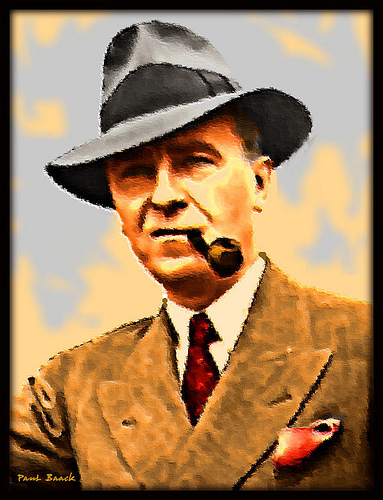 “Cragmire Tower” was the seventh installment of Sax Rohmer’s Fu-Manchu and Company. The story was first published in Collier’s on July 17, 1915 and was later expanded to comprise Chapters 21-23 of the second Fu-Manchu novel, The Devil Doctor first published in the UK in 1916 by Cassell and in the US by McBride & Nast under the variant title, The Return of Dr. Fu-Manchu.
“Cragmire Tower” was the seventh installment of Sax Rohmer’s Fu-Manchu and Company. The story was first published in Collier’s on July 17, 1915 and was later expanded to comprise Chapters 21-23 of the second Fu-Manchu novel, The Devil Doctor first published in the UK in 1916 by Cassell and in the US by McBride & Nast under the variant title, The Return of Dr. Fu-Manchu.
 Picking up where the last installment left off, the story gets underway with Inspector Weymouth’s fruitless raid on J. Salaman’s antique shop which has now been abandoned by Fu-Manchu and his gang. Nayland Smith rapidly informs Petrie that the American adventurer and psychic investigator Kegan Van Roon is completing a book about his experiences in China where he ran afoul of a fanatical group in Ho-Nan. Van Roon has leased Cragmire Tower in Somersetshire to finish his book. Naturally, Smith believes Van Roon’s life is in jeopardy as Fu-Manchu will not wish him to finish the book for publication.
Picking up where the last installment left off, the story gets underway with Inspector Weymouth’s fruitless raid on J. Salaman’s antique shop which has now been abandoned by Fu-Manchu and his gang. Nayland Smith rapidly informs Petrie that the American adventurer and psychic investigator Kegan Van Roon is completing a book about his experiences in China where he ran afoul of a fanatical group in Ho-Nan. Van Roon has leased Cragmire Tower in Somersetshire to finish his book. Naturally, Smith believes Van Roon’s life is in jeopardy as Fu-Manchu will not wish him to finish the book for publication.
Of course, Rohmer is repeating himself for Van Roon reads like a variation on Sir Lionel Barton and Cragmire Tower recalls Reverend Eltham’s beloved Redmoat. The familiarity of the trappings does little to spoil the proceedings for this is Rohmer at his peak and sees him introducing an occult element to the series. Rohmer had a lifelong fascination with the occult and secret societies. “Cragmire Tower” remains unique in its successful blend of Yellow Peril thriller with supernatural mystery.
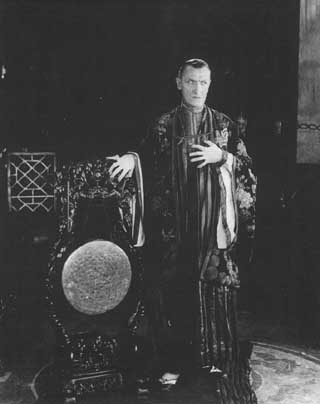 Rohmer effectively builds mounting suspense as Smith and Petrie cross the moors to approach Cragmire Tower and Smith becomes convinced that they are being followed. Rohmer has Petrie recall a verse, “The Fenman” which Rohmer himself penned during his days as a Music Hall songwriter.
Rohmer effectively builds mounting suspense as Smith and Petrie cross the moors to approach Cragmire Tower and Smith becomes convinced that they are being followed. Rohmer has Petrie recall a verse, “The Fenman” which Rohmer himself penned during his days as a Music Hall songwriter.
Petrie’s paranoia heightens upon learning that Van Roon’s manservant, Hagar is a mulatto. This fact alone is enough to send chills down Petrie’s spine in a moment that now seems as insensitive as it is insensible, but to readers in 1915 it reflected common attitudes against mixed marriages and foreign cultures.
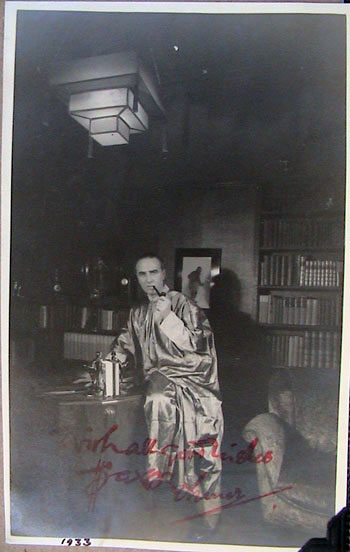 Van Roon has been left crippled and partially blind from his ordeal in China. Petrie likens him to an American version of Sir Lionel Barton and proceeds to tell the reader how Van Roon followed in Madame Blavatsky’s footsteps in exploring the Himalayas and in searching for Atlantis in the Yucatan. Best of all is Petrie’s amazement that Van Roon crossed China in a specially-built American automobile.
Van Roon has been left crippled and partially blind from his ordeal in China. Petrie likens him to an American version of Sir Lionel Barton and proceeds to tell the reader how Van Roon followed in Madame Blavatsky’s footsteps in exploring the Himalayas and in searching for Atlantis in the Yucatan. Best of all is Petrie’s amazement that Van Roon crossed China in a specially-built American automobile.
Smith informs the adventurer that Dr. Fu-Manchu, an agent of the secret society he encountered in China, is in England and is doubtless plotting his assassination. Naturally, Smith suspects Hagar of being a traitor for in Smith’s view, a mulatto is always suspect by nature of his mixed parentage, but Van Roon dismisses his suspicions as ridiculous.
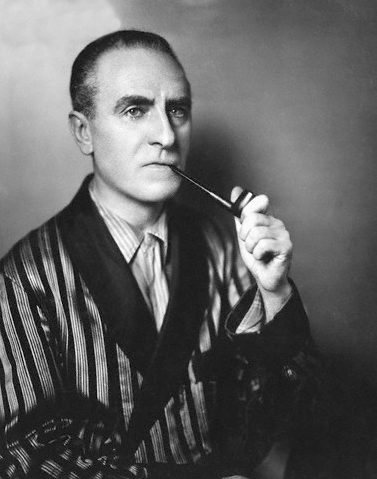 For his part, Van Roon has rented Cragmire Tower because it is rumored to be haunted resting as it does on a bloody battlefield. It was also the former outpost of the necromancer, Dr. Macleod. Rohmer, having published the previous year his scholarly study of the occult, The Romance of Sorcery (1914) has Van Roon take time to delve into the history of the nearby Glastonbury Abbey where Kelly and Dr. Dee discovered the caskets of Saint Dunstan and used them in their alchemical experiments. Smith, of course, rejects the possibility of the supernatural, but more surprisingly, Rohmer has Petrie find Van Roon’s occult interests to be distasteful.
For his part, Van Roon has rented Cragmire Tower because it is rumored to be haunted resting as it does on a bloody battlefield. It was also the former outpost of the necromancer, Dr. Macleod. Rohmer, having published the previous year his scholarly study of the occult, The Romance of Sorcery (1914) has Van Roon take time to delve into the history of the nearby Glastonbury Abbey where Kelly and Dr. Dee discovered the caskets of Saint Dunstan and used them in their alchemical experiments. Smith, of course, rejects the possibility of the supernatural, but more surprisingly, Rohmer has Petrie find Van Roon’s occult interests to be distasteful.
No sooner have they left the adventurer’s side than Petrie experiences one of his premonitions of danger in the presence of Hagar. Smith uncharacteristically notes that he respects Petrie’s latent psychic abilities and likens Hagar to Sir Lionel Barton’s treacherous Chinese manservant, Kwee. Alone in the guest bedroom, Petrie again quotes from Rohmer’s poem, “The Fenman” when a strange light is sighted from their window moving up and down the tower. Smith ventures out on the window ledge and makes his way toward the tower to investigate. Petrie waits in the darkness and, upon his return, finds a shaken Smith unwilling to discuss what he has seen.
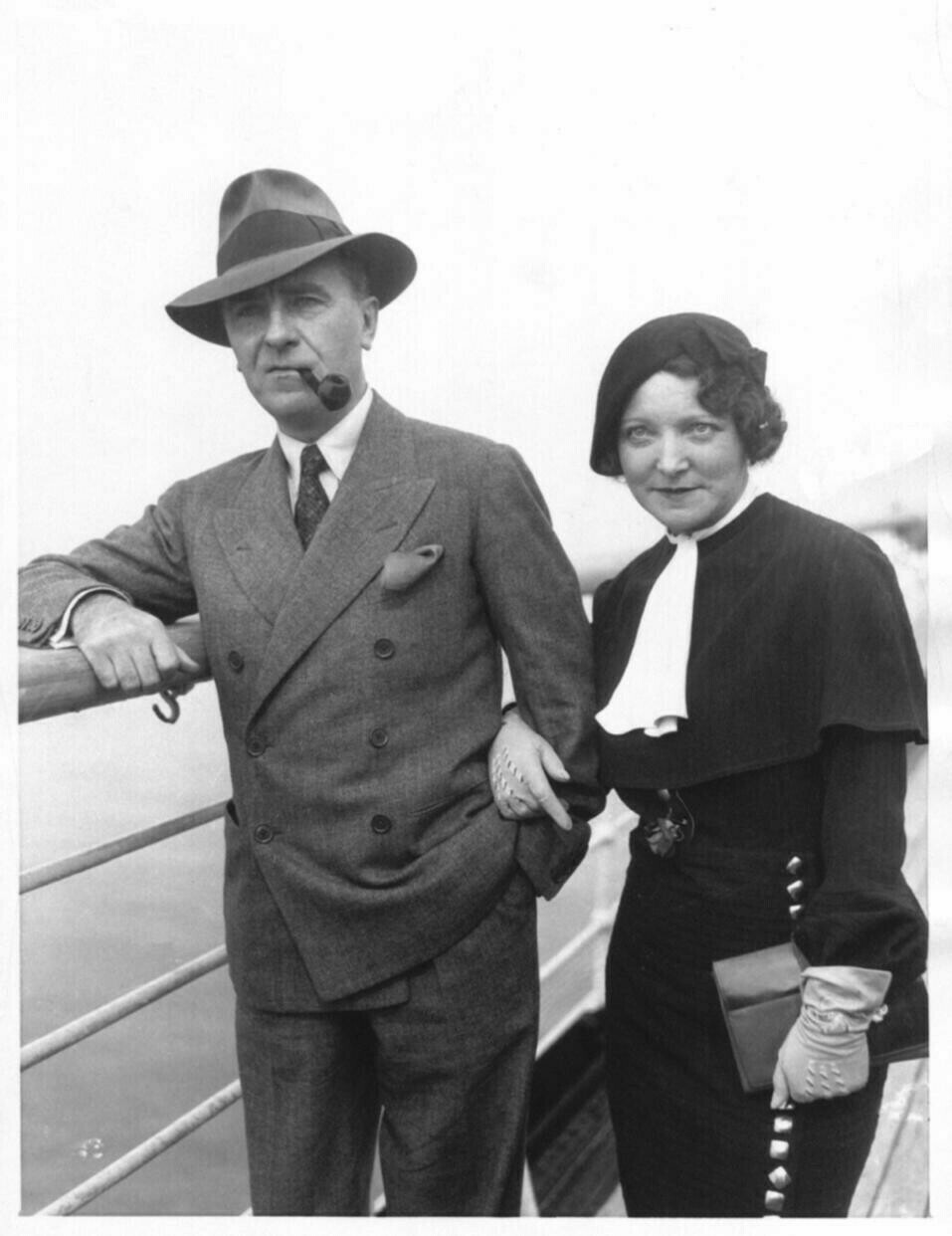 This uncommonly eerie Fu-Manchu thriller races to a dramatic conclusion as Smith and Petrie are startled the following night by Van Roon’s cries for help from out on the moors. Smith prevents Petrie from rushing to the man’s aid telling him to remember the Call of Siva. Instead Petrie hides in the cupboard with his pistol at ready while Smith hides elsewhere in the darkened bedroom.
This uncommonly eerie Fu-Manchu thriller races to a dramatic conclusion as Smith and Petrie are startled the following night by Van Roon’s cries for help from out on the moors. Smith prevents Petrie from rushing to the man’s aid telling him to remember the Call of Siva. Instead Petrie hides in the cupboard with his pistol at ready while Smith hides elsewhere in the darkened bedroom.
Petrie watches in disbelief as a no longer crippled Van Roon and Hagar creep into the guest bedroom. Further to his amazement, Petrie observes that Van Roon is actually a Chinaman in disguise. Smith shoots and kills Hagar while Van Roon flees with the two Englishman in hot pursuit. A frantic chase across the moors ends with the fake Van Roon drowning in the muck.
Smith reveals that Van Roon never returned from China and that the entire charade was a ruse to draw Smith into a deadly trap. The light that played upon the tower the previous night was an S.O.S. warning Smith that his life was in jeopardy. Smith reveals the sender of the distress signal was none other than Karamaneh. A revelation that thrilled readers in 1915 as much as it did Petrie as Fu-Manchu and Company began to draw toward an epic conclusion.
William Patrick Maynard was authorized to continue Sax Rohmer’s Fu Manchu thrillers beginning with The Terror of Fu Manchu (2009; Black Coat Press). A sequel, The Destiny of Fu Manchu is due for publication in December 2011. Also forthcoming is a collection of short stories featuring an original Edwardian detective, The Occult Case Book of Shankar Hardwicke and an original hardboiled detective novel, Lawhead. To see additional articles by William, visit his blog at SetiSays.blogspot.com